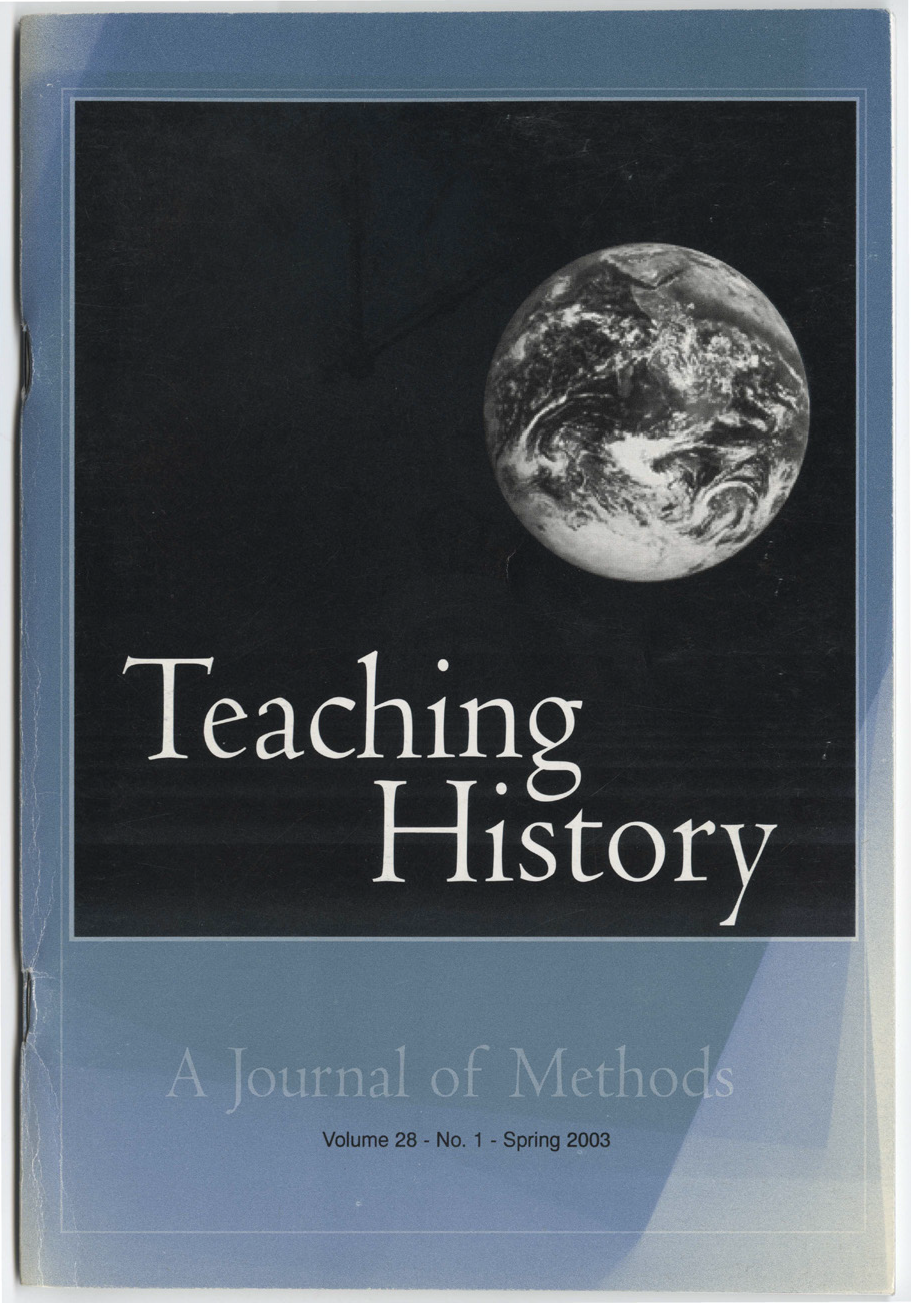Collecting Stories About Strip-Mining
Using Oral History In The Classroom
DOI:
https://doi.org/10.33043/TH.28.1.22-28Abstract
The study of history has always been an interdisciplinary exercise that borrows generously from the methods and insights provided by other disciplines, but the narrative method continues to remain central to the discipline of history. Telling stories as a method of explaining how things have changed or why things are the way they are is at the heart of most historical endeavors. Despite the centrality of story-telling-to the discipline of history, until relatively recently, historians have given little critical consideration to the narrative as a method of explanation, and non-historians, our students among them, even less so. Most of the students in my classroom enter with the understanding that history is merely a series of stories, and that stories are merely a collection of facts. It is important, however, to make students of history aware that the narrative is a method of explanation, that story-telling is not merely the process of ordering a series of facts. One of the most valuable lessons students of history can learn, I believe, is that narratives can be constructed in ways that will lead different storytellers ( and their audiences) to quite different conclusions. The use of oral history in the classroom can be an effective method to help students understand the power of the narrative.
Downloads
Downloads
Published
How to Cite
Issue
Section
License
Copyright (c) 2003 William Kerrigan

This work is licensed under a Creative Commons Attribution-NonCommercial-NoDerivatives 4.0 International License.
By submitting to Teaching History, the author(s) agree to the terms of the Author Agreement. All authors retain copyrights associated with their article or review contributions. Beginning in 2019, all authors agree to make such contributions available under a Creative Commons Attribution-NonCommercial-NoDerivatives 4.0 International license upon publication.



